Acne: Myths and truths (ages 11-13)
Good Skin Knowledge lesson plan
Time: 45 min
Objective
Students will be able to:
Identify at least three acne myths and provide explanations for them
Materials
Enough space to move around—classroom should be fine
Assessment
During Introduction to New Material, assess the students’ prior knowledge about acne by seeing where students go during the Myths/Truth game.
At the end of Introduction to New Material, see if students are able to remember which statements were true and conclude why certain statements were myths. (Provide explanation afterward.)
During Closing, evaluate students’ grasp of material by asking what they learned and what myths they could remember from the lesson/game.
Opening
3 minutes
Ask, “What is acne?” If students are unresponsive, say, “Acne is another word for pimples. Most of you will have experience with or have already had experience with acne.”
Explain they will be learning about the most common and dreaded things kids go through at their age: pimples/zits/acne, whatever they want to call them.
Explain that pimples are a common source of insecurity and bullying, so let’s first bust some myths about them.
Introduction to new material
30-35 minutes
Materials: Acne Two Myths and a Truth sheet
Ask students if anyone has ever played the game, Two Myths and a Truth. If a student has, let the student explain directions then you repeat directions for class. If no students know, explain:
I am going to read three sentences.
Students then have to guess which sentence is the truth and which are the two myths.
We will designate three parts of the room for Statements 1, 2, and 3. Whichever statement you think is the truth is where you go to stand.
Assign the three parts of the room for Statements 1, 2, and 3.
Tell students to stand up. When s/he is done reading the statements, students will move to the part of the room that represents the statement they think is the truth. Repeat the statements if need be.
Keep a tally of how many students are at each station for each set of myths/truth and writes it down on the Acne Two Myths and a Truth sheet. Tell the students which is the correct answer, but do not provide the explanations until the game is done and all the kids are back in their seats.
After going through all four sets of myths/truth, reread the three statements and states how many students thought 1/2/3 was the true statement.
Ask students if they can remember which one was the truth. If students answer incorrectly, tell them which statement is the truth.
Follow-up by asking why they think that is the truth or the others are myths.
If students are unresponsive, ask about a single statement to be more direct.
If students are still unresponsive, go ahead and give the explanations.
Closing
5-10 minutes
Materials: Ball/crumpled paper/small object to pass around, music (optional)
Explain that although acne is very common, there are so many myths about it. People make a lot of assumptions about themselves and others, but not many people really understand what someone with acne, whether moderate or severe, may go through—especially with these myths portrayed as truths.
Ask students what some myths were that surprised them or something they learned today.
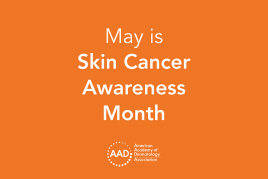 Think sun protection during Skin Cancer Awareness Month
Think sun protection during Skin Cancer Awareness Month
 How to care for your skin if you have lupus
How to care for your skin if you have lupus
 Practice Safe Sun
Practice Safe Sun
 Sunscreen FAQs
Sunscreen FAQs
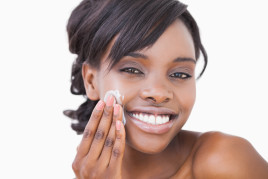 Fade dark spots
Fade dark spots
 Hidradenitis suppurativa
Hidradenitis suppurativa
 Laser hair removal
Laser hair removal
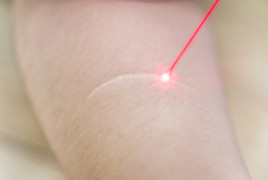 Scar treatment
Scar treatment
 Botox
Botox
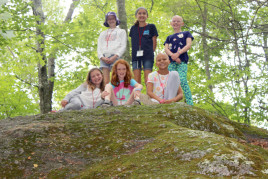 Kids' camp - Camp Discovery
Kids' camp - Camp Discovery
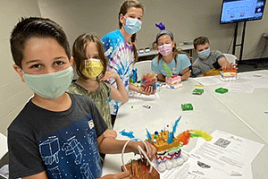 Dermatologist-approved lesson plans, activities you can use
Dermatologist-approved lesson plans, activities you can use
 Find a Dermatologist
Find a Dermatologist
 Why choose a board-certified dermatologist?
Why choose a board-certified dermatologist?